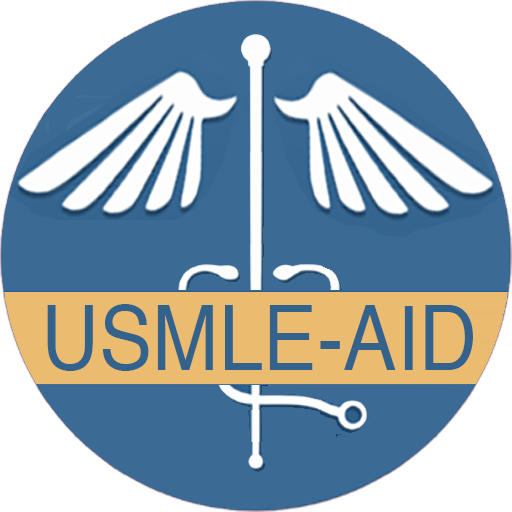Antithrombotic effects of aspirin and it's therapeutic benefits
By: Dr. Omid Maghami, MD
Published: April 10, 2014
Scientists discovered aspirin more than 100 years ago. These days, it is widely known that this drug has a wide range of clinical effects. Initially, it was believed that aspirin had only an analgesic effect. However, with time, researchers discovered additional useful features of this drug. It mainly concerns its antithrombotic properties. It proved that aspirin has a useful ability to inhibit thrombosis. Such a medical fact allowed applying this drug for the prevention and treatment of numerous cardiovascular illnesses. The experience of application of aspirin with this purpose became rather successful and it has broad application in preventive vascular disease these days.
Antithrombotic Effects
The application of aspirin in various cardiovascular illnesses found on its capacity to render an antithrombotic effect manifested in preclusion of the formation of thrombosis. Thus, a great aptitude to thrombosis has a highly significant role in the course of numerous cardiovascular diseases. The urgent necessity for antithrombotic drugs is obvious. There are three groups of such drugs: antiplatelet, anticoagulant, and fibrinolytic (DeLoughery, 2014). Fibrinolytics are applied to dissolve a thrombus that is already formed. Anticoagulants are drugs, which decrease coagulability of blood (DeLoughery, 2014). They are highly widespread, although they need thorough monitoring of coagulability, as they can be a reason of severe bleeding when overdosed (DeLoughery, 2014). Antiplatelet drugs are the most widely applied and aspirin is an unconditional leader among this group.
Talking about antithrombotic therapy, there is a question about what benefits in preclusion of cardiovascular diseases it provides to patients of especially high cardiovascular risks. Answering this question, it is important to lean on the data of meta-analysis conducted in 2002. It included 287 studies that compared the efficiency of different antithrombotic drugs with each other or with placebo (Chopra & Nanda, 2012). Regarding the results of the analysis, reduction in cardiovascular risks with the application of different antithrombotic drugs included 23% (Chopra & Nanda, 2012). Such a positive result obtained greatly due to aspirin, as its share of all medicine applied composed 64% (Chopra & Nanda, 2012). According to the results of the same analysis, other antithrombotic drugs did not show a crucial benefit over aspirin. In such a way, the latter considered the gold standard of antithrombotic therapy. In the circulatory system, this drug does not circulate for long. Therefore, it has a little effect on cyclooxygenase enzyme of the vascular wall, where prostacyclin synthesis continues (Bhatt, 2013). Beside, endothelial cells can synthesize new molecules of COX (Bhatt, 2013). However, the predominant effect on platelet COX ensured by the application of relatively small doses of aspirin. Thus, aspirin has is widely applied in treatment of cardiovascular diseases.
Therapeutic Benefits
In addition to the antithrombotic effect, the application of aspirin performed when an antipyretic, analgesic, and anti-inflammatory effect is needed. The use of this drug is necessary for neuralgia, headaches, and febrile conditions (Lanas, 2016). Aspirin is also assign as an effective anti rheumatic tool. Reduction in body temperature is connect with the impact of acetylsalicylic acid on the hypothalamic centers of thermoregulation. Anti-inflammatory effect happens due to decrease in the activity of hyaluronidase, reduction in the permeability of capillaries, and inhibition of the formation of adenosine triphosphates (Lanas, 2016). In such a way, this drug is extremely widespread and it has a broad spectrum of applications.
Conclusion
Aspirin occupies a specific place in pharmacology. It is considered the most popular anesthetic and anti-inflammatory medicine that is widely used for more than 100 years. Moreover, aspirin has known as a highly useful drug for its antithrombotic effect. These days, it is one of the most learned drugs in cardiology demonstrating its indisputable benefits as an efficient drug for decreasing the risks of cardiovascular complications.
References:
Bhatt, D. L. (2013). Atherothrombosis in clinical practice. New York, NY: Oxford University Press.
Chopra, H. K., & Nanda, N. C. (2013). Textbook of cardiology: A clinical and historical perspective. London, UK: Jaypee Brothers Medical Publishers.
DeLoughery, T. G. (2014). Hemostasis and thrombosis. New York, NY: Springer.
Lanas, A. (2016). NSAIDs and aspirin: Recent advances and implications for clinical management. New York, NY: Springer.
